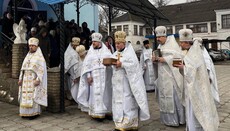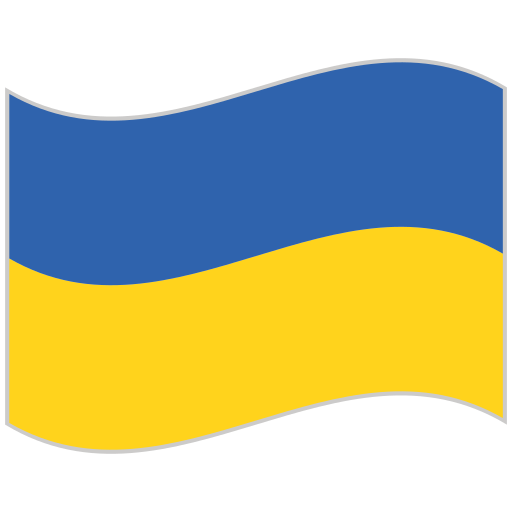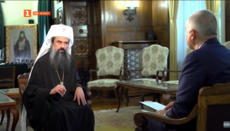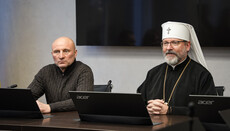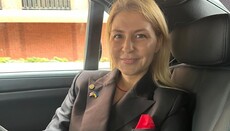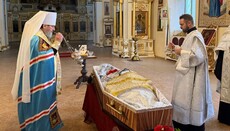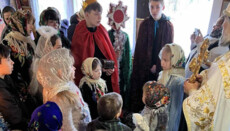ROC recalls 12 differences between Orthodoxy and Catholicism
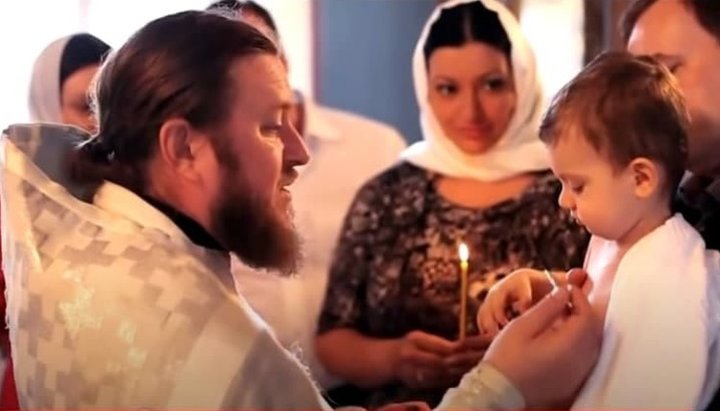
The head of the MP DECR, Metropolitan Hilarion (Alfeyev), spoke about the main differences between the two Christian traditions.
At the time when Catholics have already celebrated the Nativity of Christ, and Orthodox believers are still continuing the Nativity Fast, the head of the Department for External Church Relations of the Moscow Patriarchate (MP DECR), Metropolitan Hilarion (Alfeyev) of Volokolamsk, reminded of doctrinal and ritual differences between the Orthodox and the Catholic Churches.
In the video from the cycle “Briefly about the Main. Orthodoxy and Other Traditions”, published on the hierarch's Facebook page, Metropolitan Hilarion named 12 main differences, the first six of which relate to the doctrine, and the last six are of a ritual nature:
1. Presence of a single supreme bishop: “In the Catholic Church, the Pope is considered the supreme bishop for all Christians, the viceroy of Jesus Christ on earth, the source of all church power,” the ROC hierarch reminded. “In the Orthodox Church there is no single supreme bishop, but each Autocephalous, i.e. independent, Church is governed by its own Council of Bishops, headed by the Primate – a patriarch, metropolitan or archbishop. All the primates of the Local Churches are equal among themselves, none of them is subordinate to the other."
2. Infallibility of the Pope: “In the Catholic Church there is a doctrine of infallibility, or rather the infallibility of the Pope, when he speaks from his pulpit, expounding church doctrine. Any conciliar decision, including on theological or dogmatic issues, comes into force only after its approval by the Pope. In the Orthodox Church, there is no person who would have infallible authority, and the final judgment on theological issues is made by the Councils of Bishops. These decisions are not approved individually by any person,” explained Metropolitan Hilarion.
3. The Holy Spirit proceeds from the Father and the Son: “Catholics believe that the Holy Spirit comes from the Father and the Son. They made the corresponding addition, the so-called Filioque, in the Creed. The Orthodox believe that the Holy Spirit proceeds from the Father, based on the words of Jesus Christ from the Gospel of John that "the Spirit of Truth proceeds from the Father".
4. The existence of purgatory: “Catholics believe that, in addition to heaven and hell, there is also a purgatory – an intermediate state between bliss and torment, which has a temporary character. The torment experienced by sinners there is of a cleansing nature. The Orthodox do not believe in the existence of purgatory, recognizing only two posthumous states, in accordance with the words of Jesus Christ, "And these will go into eternal torment, and the righteous into eternal life."
5. The dogma of the Immaculate Conception of the Virgin Mary: “According to this dogma, the Blessed Virgin Mary was from the very first moment of her conception was kept untainted by any stain of original sin with a special grace and the disposition of Almighty God, due to the merits of Jesus Christ, the Saviour of the human race. The Orthodox Church does not recognize this dogma, although she also believes that the Most Holy Theotokos was chosen by God to become His Mother, and calls the Theotokos Most Holy, Most Pure and Most Blessed."
6. 21 Ecumenical Council: "In the Catholic tradition, Councils held from the 4th to the 20th centuries are considered to be Ecumenical, in total 21. The Orthodox tradition recognizes only seven Ecumenical Councils held from the 4th to 8th centuries."
7. The Catholic and Orthodox Churches have different calendars: “The main church holidays are common, but the dates of their celebration do not coincide. Easter is only sometimes celebrated by Orthodox Christians and Catholics on the same day, more often on different days."
8. Celibacy of priests: “In the Catholic Church of the Latin rite, not only bishops but also priests must be celibate. In the Orthodox Church, a priest can be both celibate and married."
9. Communion of the laity under one species: “In the Catholic Church of the Latin rite, the communion of the laity under one species — only the Body of Christ – is widespread. In the Orthodox Church, the laity receives communion under two species, the Body and Blood of Christ."
10. Unleavened bread for the Eucharist: “The Catholics of the Latin rite use unleavened bread for the Eucharist, while the Orthodox use leavened bread.”
11. The sign of the Cross from left to right: “Catholics of the Latin rite make the sign of the Cross from the left to the right, with all five fingers. Orthodox Christians cross from the right to the left with three fingers, and in the old rite – with two fingers."
12. Lack of Confirmation and Communion of infants: “In the Catholic tradition, infants are not anointed or given Communion after Baptism: children are allowed to Communion, as a rule, upon reaching seven years of age, and to Confirmation – at a later age. In the Orthodox Church, the Sacrament of Confirmation to infants is performed simultaneously with the Sacrament of Baptism. All baptized babies are admitted to Communion."
Earlier, the head of the MP DECR explained whether there are grounds in the canons for the Phanar’s primacy.
